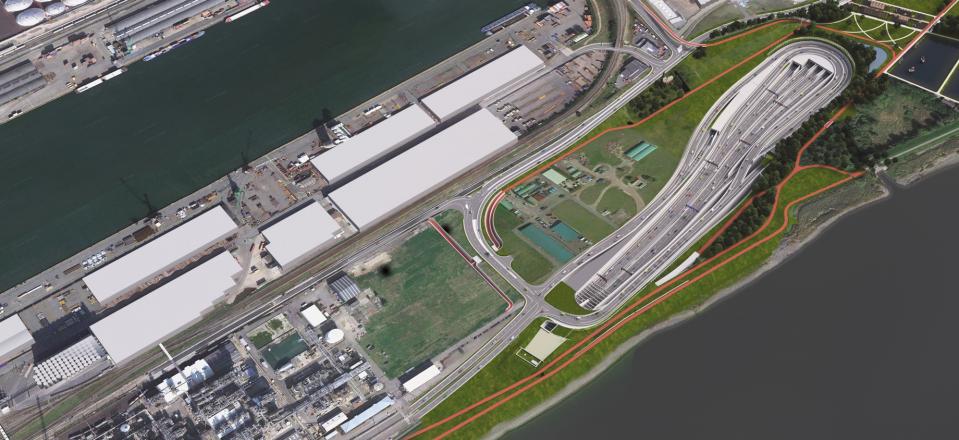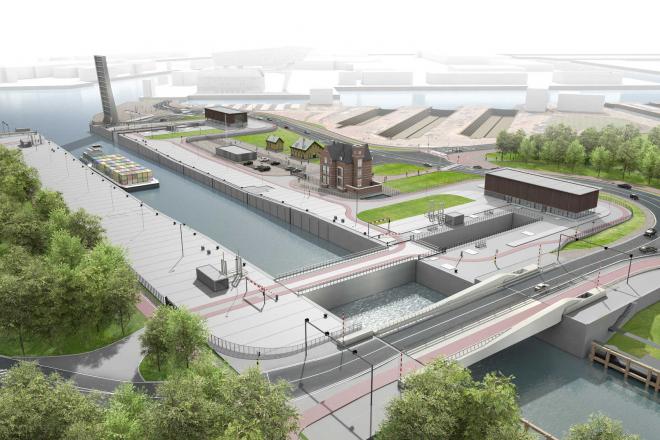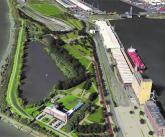
News
06/01/2021
CIT Blaton will participate in a new part of the Oosterweel link!
Rinkoniên consortium is awarded major subproject in Antwerp’s Oosterweel link
Lantis today announced that the major subproject of the Oosterweel link in Antwerp, Belgium has been awarded to the Rinkoniên consortium consisting of Boskalis, Mobilis, CIT Blaton, Artes Group and Stadsbader. As a Flemish public entity, Lantis is responsible for the realisation of complex mobility projects in the Antwerp region. The Oosterweel link project consists of several sub-projects with the objective to completely close the ring road around the city of Antwerp. The subproject awarded to Rinkoniên consist of two parts, namely the construction of the Oosterweel junction and the replacement of the Royers lock. The total contract value is in excess of EUR 500 million with each partners’ share being approximately 20%.
The Oosterweel junction
The construction of the Oosterweel junction is necessary to connect the Scheldt Tunnel from the west with the Eastern ring. The junction will be submerged into the landscape over a distance of 1,700 meters and will have 8 lanes with access roads and exits to the port and the north of the city of Antwerp. The open submerged tunnel will be constructed at a depth of 15 to 30 meters, requiring more than 3 million cubic meters of earthwork. The consortium, together with Lantis, will work towards a final design after which the construction phase will commence. The consortium expects to complete the project in 2030.
The Royers lock
As part of the Oosterweel link, the old inland shipping lock dating from 1907 needs to be replaced. The current lock will be replaced by a new 230 meters by 36 meters lock suitable for four push barges providing more capacity and reducing road traffic congestion. The lock was tendered and awarded by Lantis however is being constructed on behalf of the Port of Antwerp and the Department Maritime Access (AMT), which are also responsible for the design and engineering of the lock. The consortium will demolish the current lock and construct the new enlarged lock chamber. The supply and installation of two lock gates and two bridges as well as the electromechanical control will be outsourced by the consortium to specialized local companies. The consortium will start its first activities mid-2021 and expects to deliver the lock at the end of 2026.










